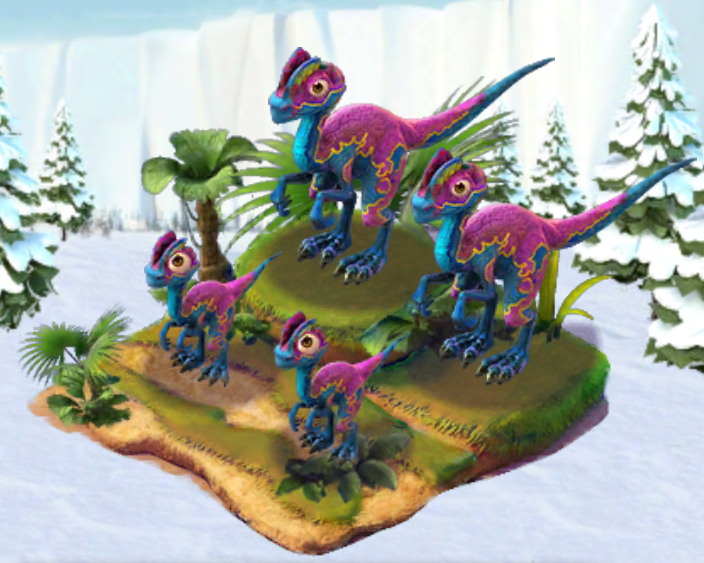
Plants were short with stems grazed down to 1 to 3 inches, and most leaves were dry. When the majority of observations of feeding were made, sand dropseed had been grazed heavily by cattle and grasshoppers. Spring 1997 was very dry in Otero County, Colorado. Although the grasshoppers were observed to taste leaves of nearby plants before feeding, no evidence was obtained of their moving to find particular species of grass. One nymph and an adult were observed feeding on ground litter. Four nymphs and nine adults fed on sand dropseed, one adult fed on blue grama, and one on needleandthread. The feeding of five late instar nymphs and 13 adults was observed in their natural habitat (Hawley, Colorado) during the summer of 1997. Although it fed on western wheatgrass, this host was not consumed as much as the other midgrasses. In two-choice preference tests, the High Plains grasshopper fed as well on midgrasses (sand dropseed, needleandthread, and galleta hilaria) as on blue grama. Field entomologists have often reported this grasshopper's damage to short grasses (blue grama and buffalograss), but it feeds also on midgrasses. The High Plains grasshopper is a general grass feeder. Collected in the Hawley site on 16 July 1997, live weight of males averaged 647 mg and of females 1,371 mg (dry weight: males 245 mg, females 450 mg).

The High Plains grasshopper is one of the largest species among those destructive to rangeland forage. Entomologists now recognize that this grasshopper may also occur as a damaging member of destructive rangeland assemblages. The most recent outbreak from 1934 to 1940 was calamitous. These dire outcomes forced many ranchers to sell their entire herds.ĭescribed in 1872 by Cyrus Thomas, the High Plains grasshopper was considered a rare species until migrating swarms were observed in Colorado in 1890 and the first known outbreak was recorded a year later ( Table 1). During the 1934-40 outbreak, ranchers whose pastures were infested found it necessary to move their cattle to distant pastures only to have these destroyed by alighting swarms. The adults have a propensity to migrate in huge, flying swarms and cause forage and crop destruction wherever they land. In their progression they completely consume the grasses of the rangeland and any fields of wheat, barley, corn, or millet they encounter. When the nymphs become older they march in bands seeking food. Hatching from concentrated egg beds, the young grasshoppers spread out in all directions from these loci and eventually consume the grasses of the invaded areas. During outbreaks enormous numbers completely devour the grasses in their habitat. The High Plains grasshopper can be a pest of rangeland grasses. Readily absorbing rainfall, the soil fosters an abundance of three midgrasses (sand dropseed, galleta hilaria, and red threeawn) in addition to the short grasses, (blue grama and ring muhly). The area is characterized by sandy loam soil (Olney) with a 0 to 3 percent slope. Such a habitat occurs in Otero County, Colorado, 5 miles southwest of Hawley. The species has been recorded infrequently in assemblages of rangeland grasshoppers during nonoutbreak years, yet it continues to survive and reproduce in especially favorable habitats. During the outbreak, swarms of the High Plains grasshopper dispersed widely from habitats of their origin. The biogeographic map of the High Plains grasshopper shows an inner area (colored dark blue) where scouts found both nymphs and adults during the 1934-40 outbreak of the species and an outer area (colored pale blue) where they collected only adults. Also present in the shortgrass prairie are several sedges, forbs, and small shrubs along with much interspersed bare ground.

Common among these midgrasses are western wheatgrass, needleandthread, sand dropseed, red threeawn, and galleta hilaria. In addition, this province supports a moderate amount of three or four species of midgrasses in any one locality. The High Plains grasshopper inhabits the shortgrass prairie, a floral province dominated by shortgrasses, principally blue grama and buffalograss. longipennis continental distribution map >

Link directly to photos of adults, nymphs, or eggs. Previous Species in Subfamily: Dissosteira carolina.Next Species in Subfamily: Encoptolophus costalis.High Plains Grasshopper Dissosteira longipennis (Thomas)


 0 kommentar(er)
0 kommentar(er)
